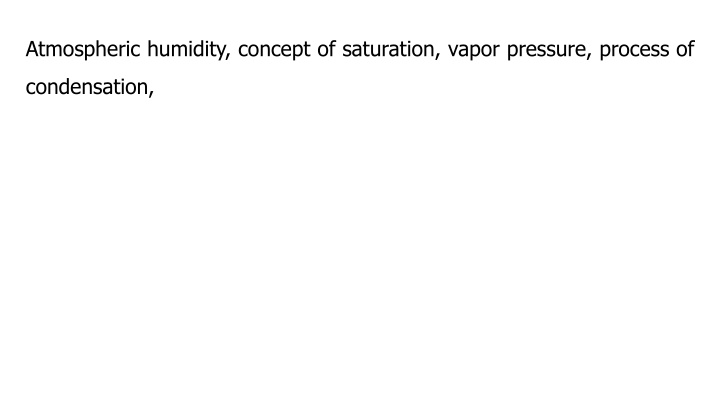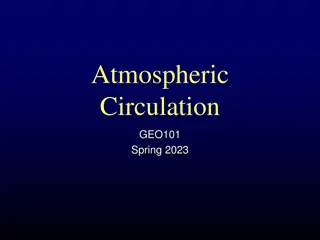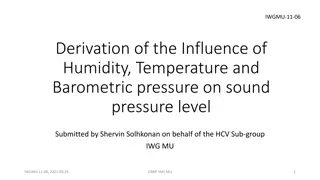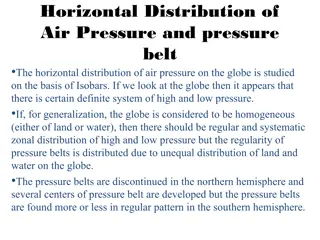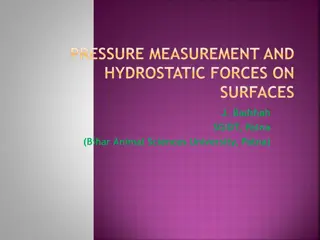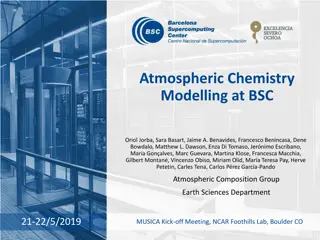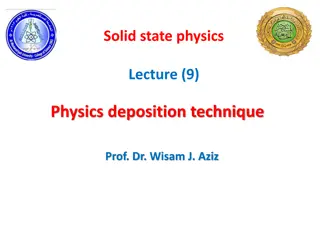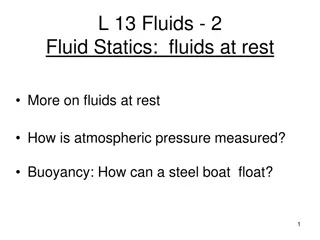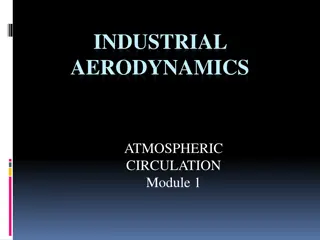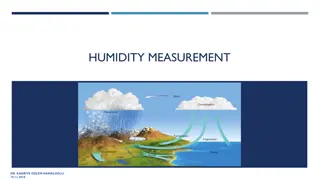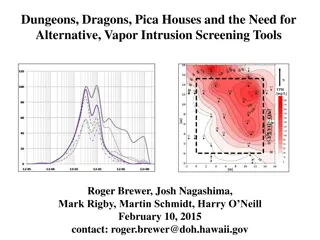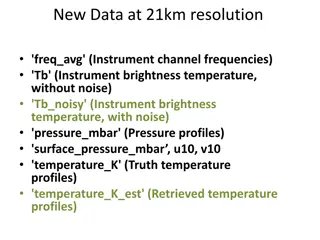Atmospheric humidity, concept of saturation, vapor pressure, process of condensation,
Delve into the nuances of atmospheric humidity, the concept of saturation, vapor pressure, and the intriguing process of condensation. Learn how these factors interact to influence weather patterns, cloud formation, and precipitation. Explore the mechanisms behind water vapor in the air and its transformation into liquid form, shaping the very essence of our environment.
Uploaded on Mar 09, 2025 | 0 Views
Download Presentation

Please find below an Image/Link to download the presentation.
The content on the website is provided AS IS for your information and personal use only. It may not be sold, licensed, or shared on other websites without obtaining consent from the author.If you encounter any issues during the download, it is possible that the publisher has removed the file from their server.
You are allowed to download the files provided on this website for personal or commercial use, subject to the condition that they are used lawfully. All files are the property of their respective owners.
The content on the website is provided AS IS for your information and personal use only. It may not be sold, licensed, or shared on other websites without obtaining consent from the author.
E N D
Presentation Transcript
Atmospheric humidity, concept of saturation, vapor pressure, process of condensation,
What is Condensation? Condensation is the process through which the physical state of matter changes from the gaseous phase into the liquid phase. For example, condensation occurs when warm water vapour (gaseous form) raised from lower layer comes in contact with a cooler surface and transformed into liquid water. Condensation can also be defined as the removal of heat from a system in such a manner that vapour is converted into liquid.
Conditions needed for condensation a) Cooling of warm moist air until it saturates b) Presence of condensation nuclei
Cooling of warm moist air until it saturates a) Radiative Cooling: As per Plank s law every physical body emits electromagnetic radiation. During emission of energy through radiation the thermal status of a body lowered down, this phenomena is termed as radiative cooling. b) Advective Cooling: When a warmer air mass passes across a colder surface, then due to conduction thermal status of air mass lowered down. This phenomena termed as advection cooling. c) Adiabatic cooling: is the process of reducing heat through a change in air pressure caused by volume expansion.
Presence of condensation nuclei Condensation does not take place even if the temperature is below dew point. For condensation to happen, condensation nuclei are needed. There are two types of condensation nuclei, Hygroscopic and Hydrophobic. Hygroscopic particles attracts water molecules when the saturation is near (ex: Salt). Hydrophobic nuclei are water repelling (ex: oil, gasoline, and paraffin). Water vapor will condense on hydrophobic surfaces only at relative humidity greater than 100 percent with great difficulty.
